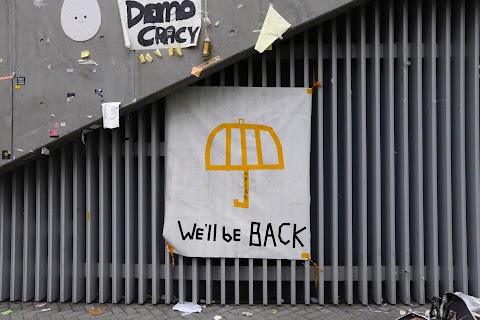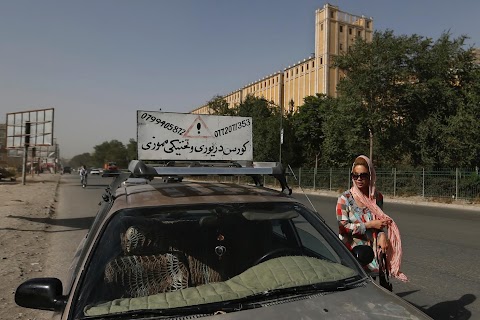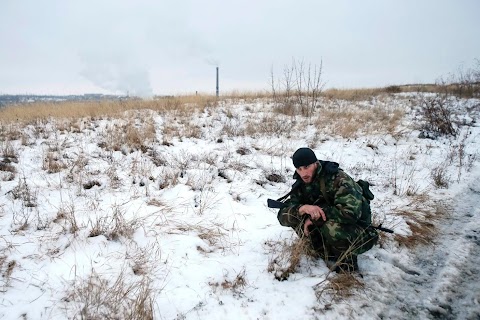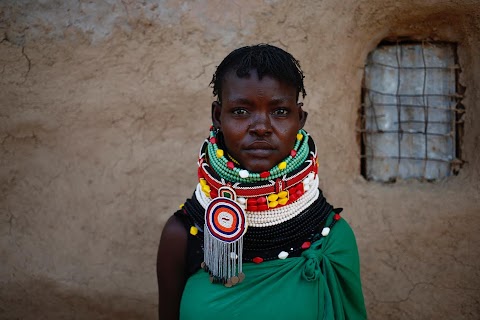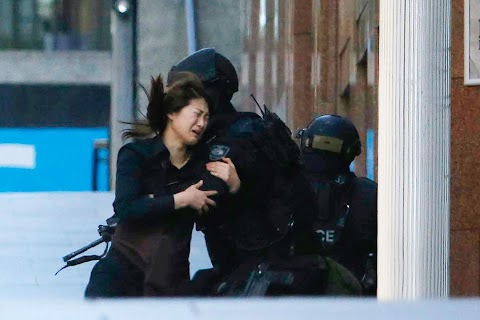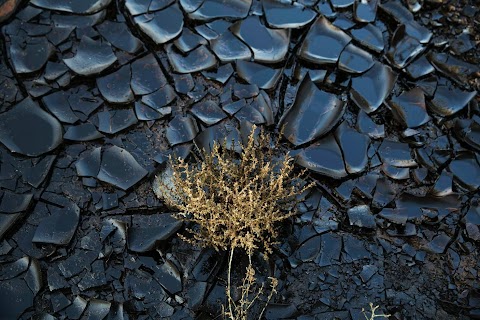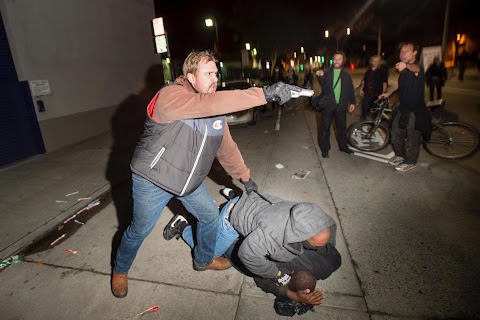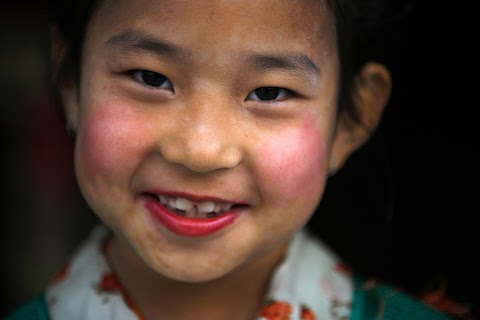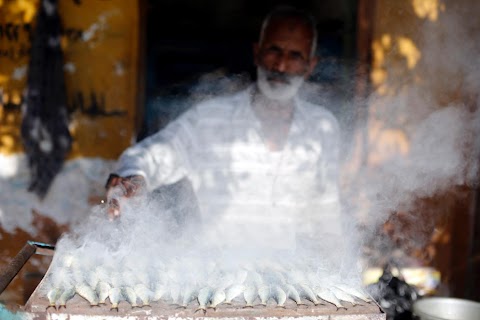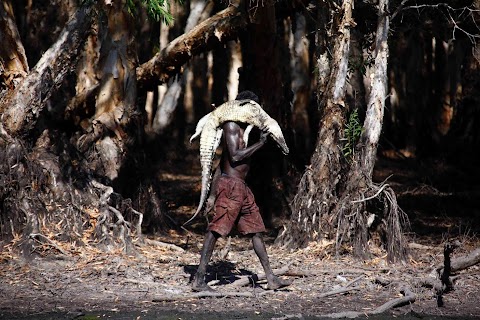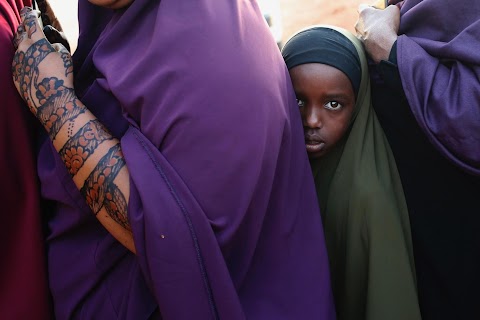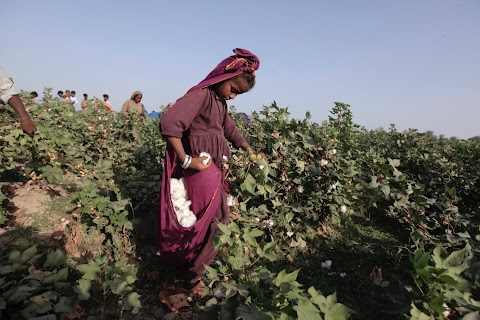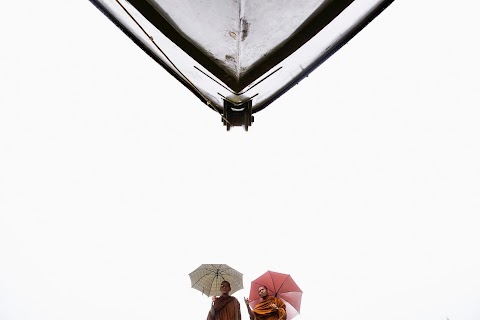
Tsunami, 10 years on
 Damir Sagolj
Damir Sagolj
December 26 marks the 10th anniversary of the Indian Ocean Tsunami, the deadliest on record, which smashed into 13 Asian and African countries, swallowing up homes and changing the coastline forever.
In Thailand, more than 5,300 people were killed, including several thousand foreign tourists, when the waves swamped six coastal provinces, turning some of the world’s most beautiful beaches into mass graves.

The tsunami had destroyed sprawling seafront luxury resorts that had blocked public access to the sea and had halted the rampant tourism in Phang Nga province, north of the resort island of Phuket.
Reuters photographer Damir Sagolj documented sites the tsunami struck, including the small beach above which still bears visible signs of damage.

Over 400 bodies of victims, including 369 still unidentified, are buried in the cemetery across the road from the former victims' identification centre, pictured above, where thousands were identified following the disaster.

Forty-five-year-old Manee, a migrant from Myanmar, prepares betel nuts in her home after showing pictures of her children who were killed in the tsunami.
Manee and her unemployed fisherman husband, lost their three children aged three, four and nine when tsunami hit their village on Thailand's Andaman Sea coast.

Therasak, a local barber who survived along with his family, returned to the small Ban Nam Khem fishing village soon after disaster but says his 22-year-old daughter still suffers from tsunami-related illnesses.
Ban Nam Khem is home to a large migrant workers' community, and lost nearly half of its population in the disaster.
Slideshow

Dense vegetation is seen around an abandoned hotel that was destroyed in the tsunami.

A man who lives with his dogs at the former tsunami victims identification centre dismantles a wooden frame.

An open metal coffin is seen as a worker paints flag poles at the Tsunami Victims Cemetery.

Dogs are seen at a crematorium at the former tsunami victims identification centre.

A chair and urns are seen behind a crematorium at the former tsunami victims identification centre.

Gravestones are seen at the Tsunami Victims Cemetery near the former identification centre.

Religious statues are seen at a spirit house at the former tsunami victims identification centre.

A visitor walks on a wave-shaped tsunami monument.

Pictures of victims are seen at the former tsunami victims identification centre.

A man looks into the Tsunami Victims Cemetery as a worker painting flag poles casts a shadow.

A worker paints flag poles at the Tsunami Victims Cemetery.

A son of a migrant fisherman from Myanmar rests in a hammock at a former shrimp warehouse where his family lives.

Locals rest in hammocks.

Soe, the eight-year-old daughter of a fisherman from Myanmar, rests in a hammock outside her family home.

Migrant fishermen from Myanmar clean equipment after returning from the ocean.

A migrant fisherman from Myanmar prepares to go fishing on his small boat.

A pair of flip-flops are left on a small wooden boat that ferries villagers and tourists from Ban Nam Khem.

Tourists are seen at Patong beach, which was badly hit.

Tourists walk behind a faded sign warning of tsunami hazard.
"Will those who died be identified and reunited with their families for a proper funeral?"
On December 26, 2004, one of the strongest earthquakes ever recorded struck off the west cost of Sumatra, triggering a major tsunami that is known, among other names, as the "Boxing Day Tsunami".
The waves, some as high as seven-storey building, soon hit the shores of Indonesia, Thailand, India, Sri Lanka and even Somalia on the other side of the ocean. More than 230,000 people died in 13 countries.
Here on Thailand’s southern coast, where the beaches and the sea are packed with tourists and fishermen this time of year, more than 5,000 people died.
These days, countries in the region are preparing to mark the 10th anniversary of the disaster.
Monuments are being refurbished and cemeteries have been cleaned up. Some new signs are seen besides faded ones warning of a tsunami hazard zone.
Soon, the eyes and cameras of the world will be turned towards the beautiful beaches of Phuket and Khao Lak once again.
Reporters have started looking for survivors to recount their stories. We will listen to politicians make speeches and we'll photograph various ceremonies.
But we will also venture off the main road, away from clean beaches, to see how people from communities that are not in the centre of attention are doing.
How is Manee, a migrant from Myanmar and her unemployed fisherman husband who lost their three children on that day in 2004 managing to cope? Have their wounds healed?
What happened to the more than 400 unclaimed bodies still buried in a mass grave, across the road from an abandoned former identification centre that closed its doors years ago?
Will those who died be identified and reunited with their families for a proper funeral, or will they remain unclaimed forever?
In my mind, major anniversaries such as this are always a good opportunity to check on visible and less visible scars and to see what can be done to prevent such devastating numbers if a similar disaster hits again, here or elsewhere.

